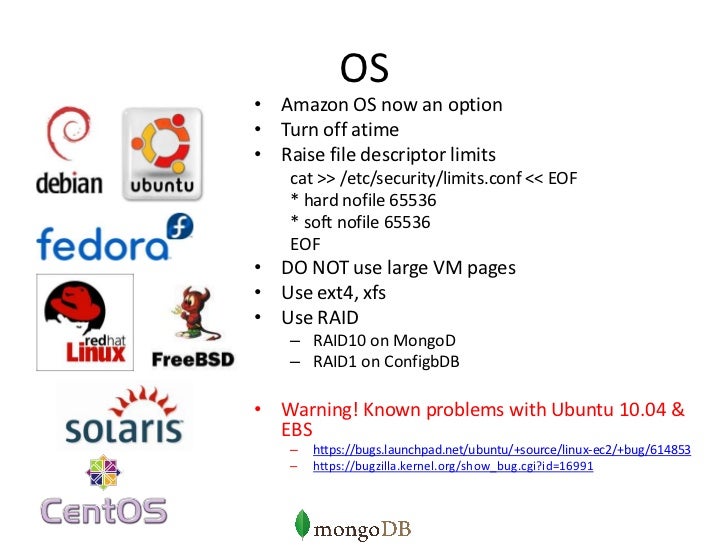
The problem is you need a Linux rsync server somewhere as the remote backup destination. It can be run over SSH, so backups are performed with encryption. Rsync can be run on Linux or Windows machines through Cygwin.

It efficiently transfers files over a network, and can be used to only transfer the parts of a file that have changed since the last sync. On the other hand, one of the simplest tools to backup files is a program called rsync, which has been around for a long time.

They may also put limits on the rate they upload your backups, change their cost, or even go out of business. For example, you are trusting their client app to do the right thing, and for your files to be stored securely in their data centers.

While these services may suffice for the majority of people, you may wish to take a little more control of your backup process. They usually require you to run one of their apps on your machine, which backs up your files periodically to their “cloud” of storage. They all provide various levels of backup services for little or no cost. There are several online backup services available, from Mozy to Carbonite to Dropbox.
:max_bytes(150000):strip_icc()/dropboxe-c9c66af4b4e249e49625475208a16c8a.jpg)
It’s available at GitHub for you to download or fork. I’ve created a small set of scripts that allows you to use Amazon Web Services to backup files to your own personal “cloud”.


 0 kommentar(er)
0 kommentar(er)
